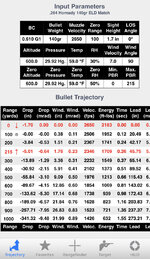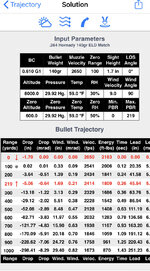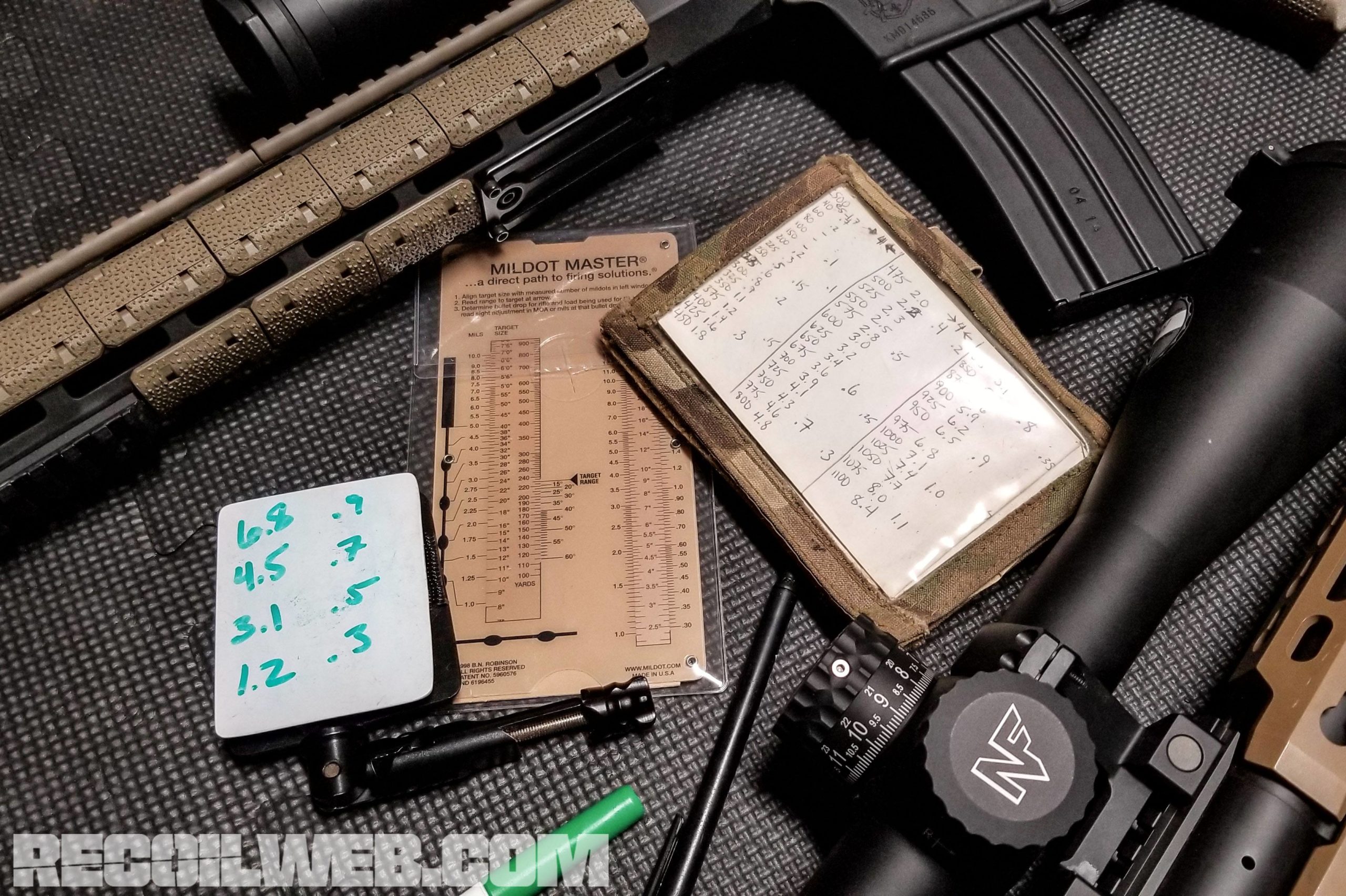Lawnboi
WKR
My mph gun number dosnt need to be on my scope. I only have to know one number, which for my rifles I know by memory. Plus I have a hard aim points in my reticle for those corrections already. Sound like a better system?it's on my rifle lol
wait...here ya go https://www.instagram.com/p/Cc8XA1ZJ3D1/?utm_source=ig_web_copy_link



